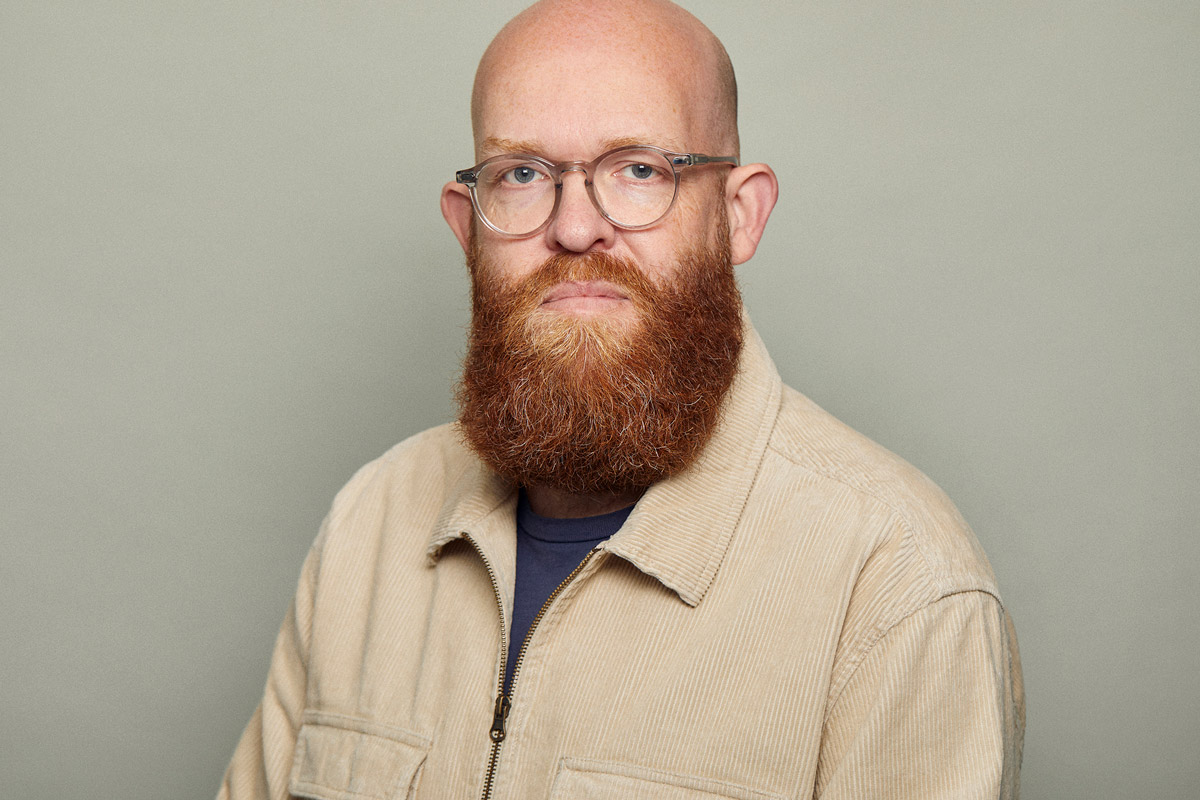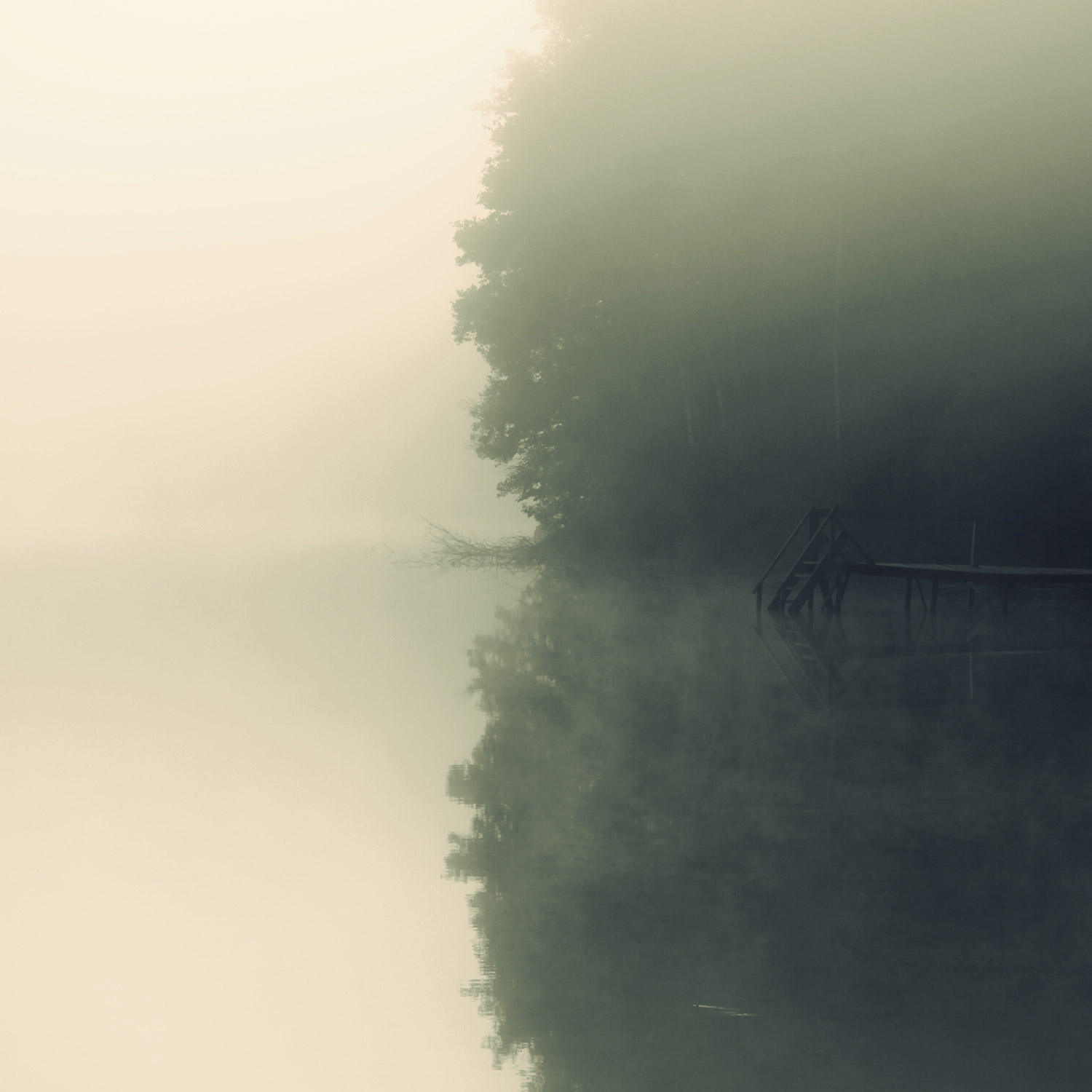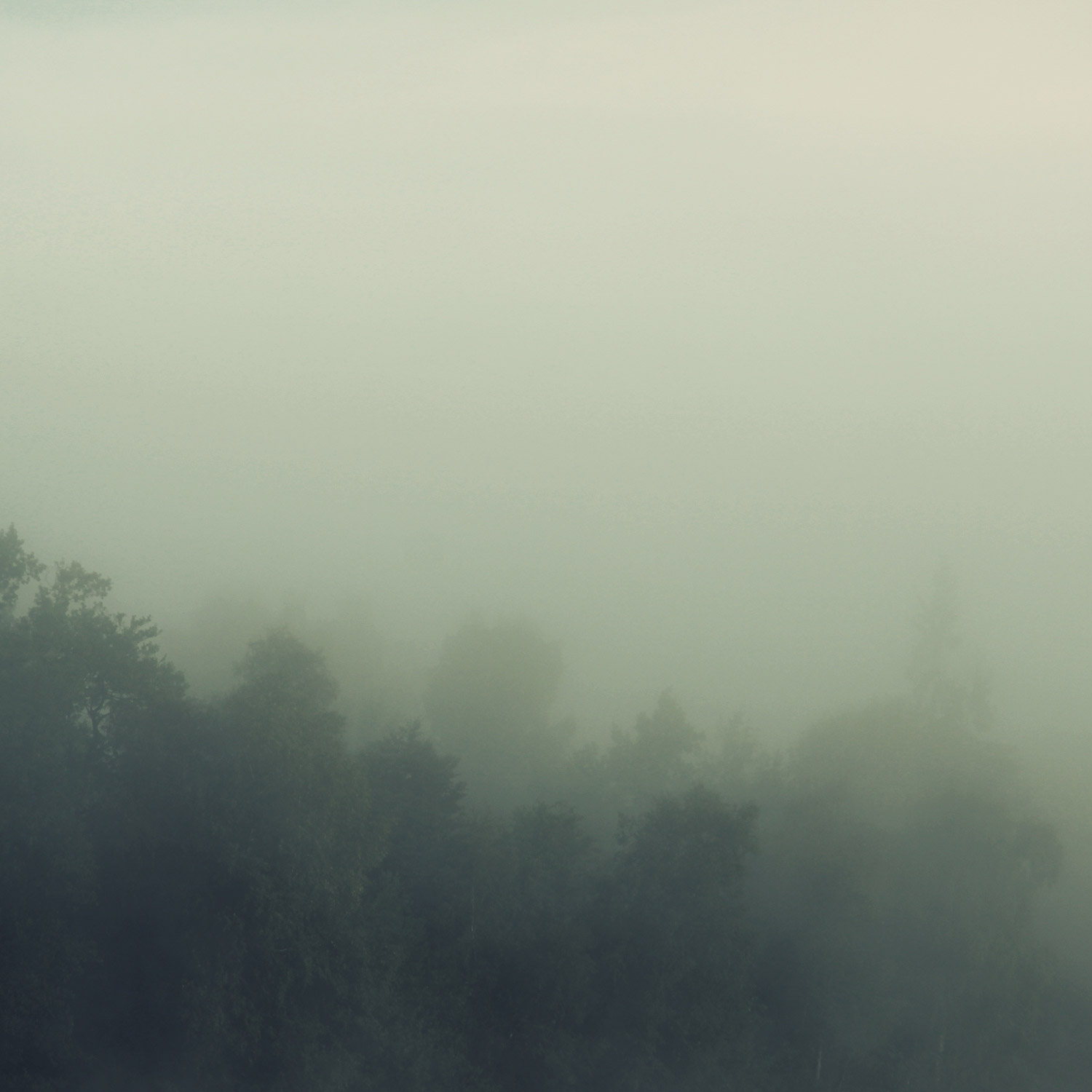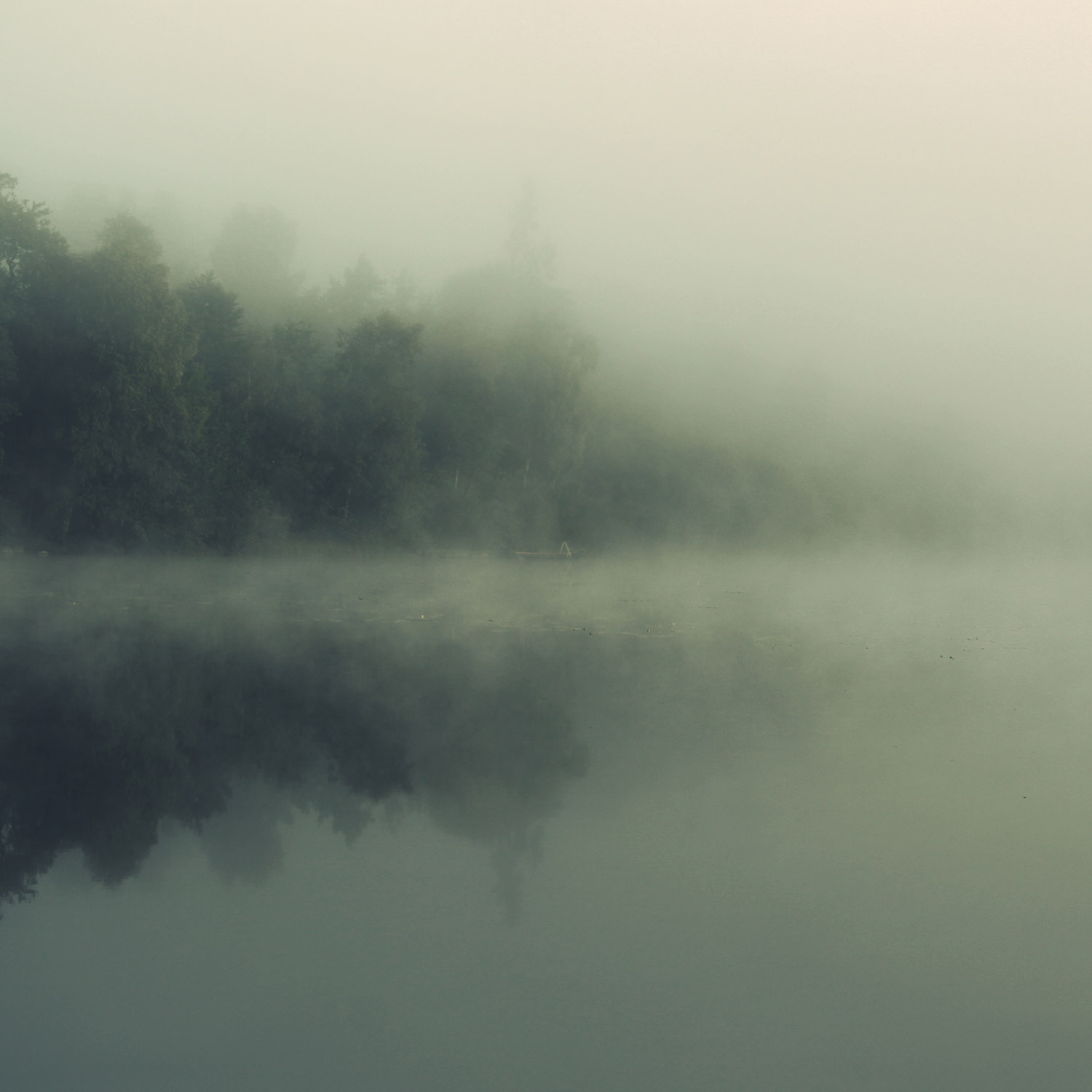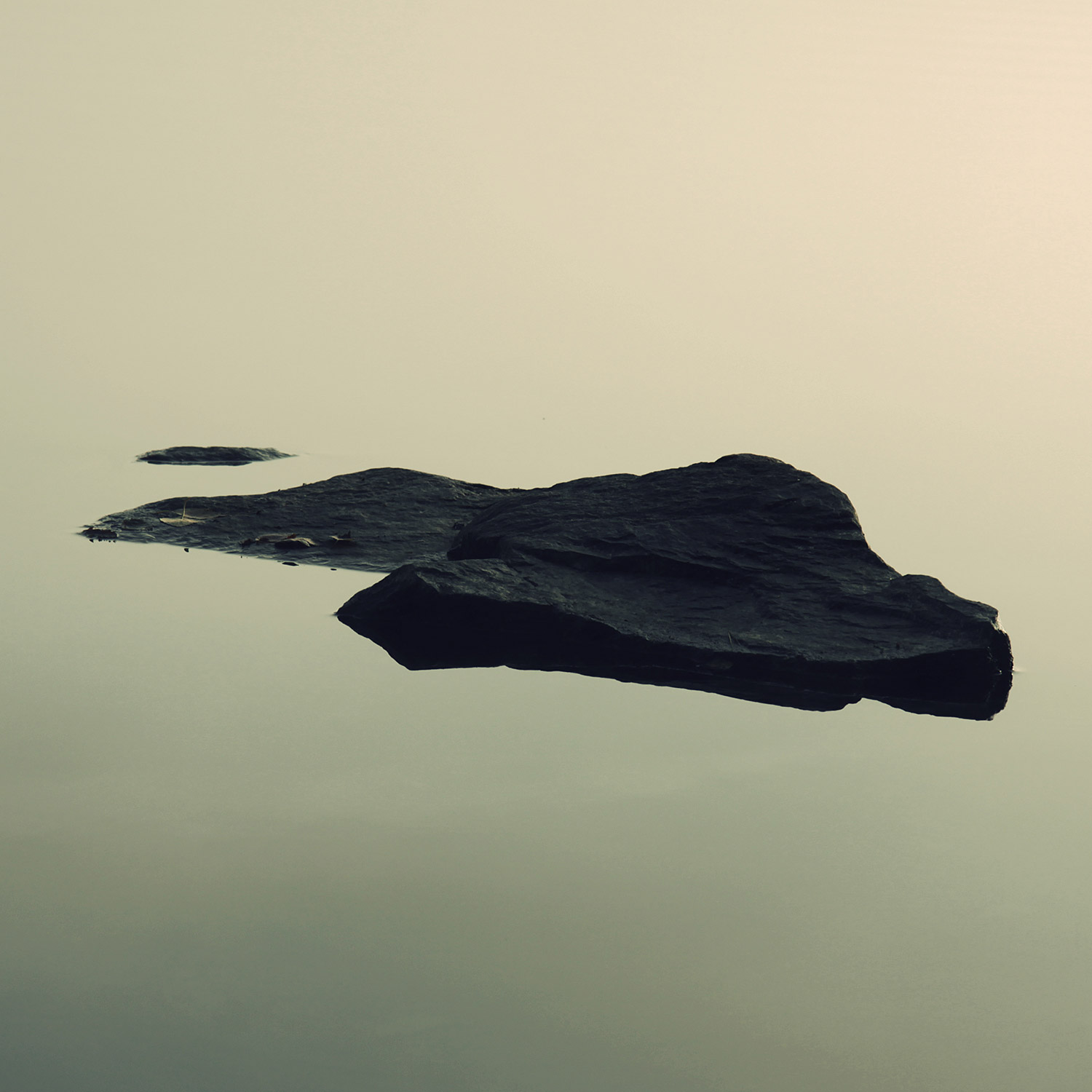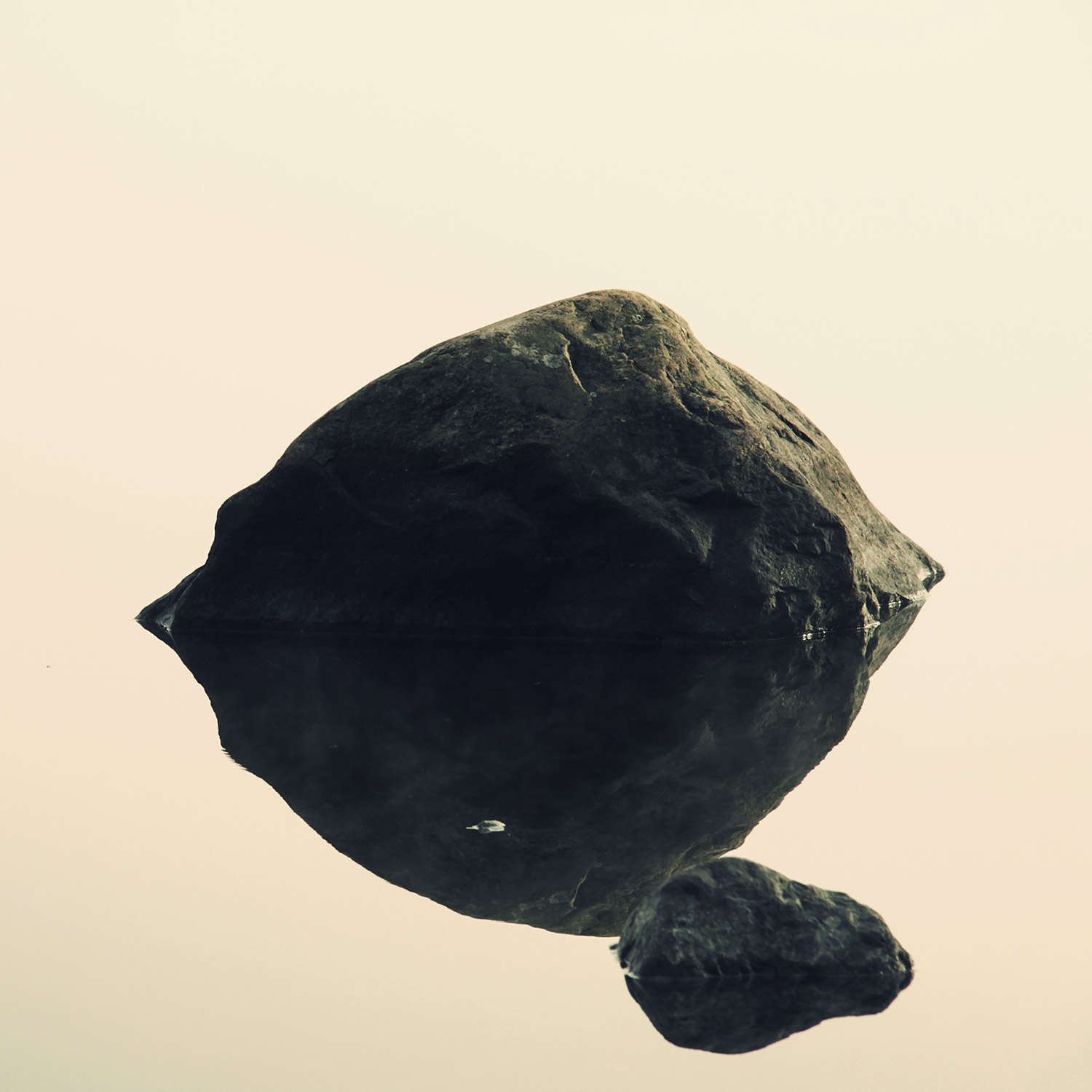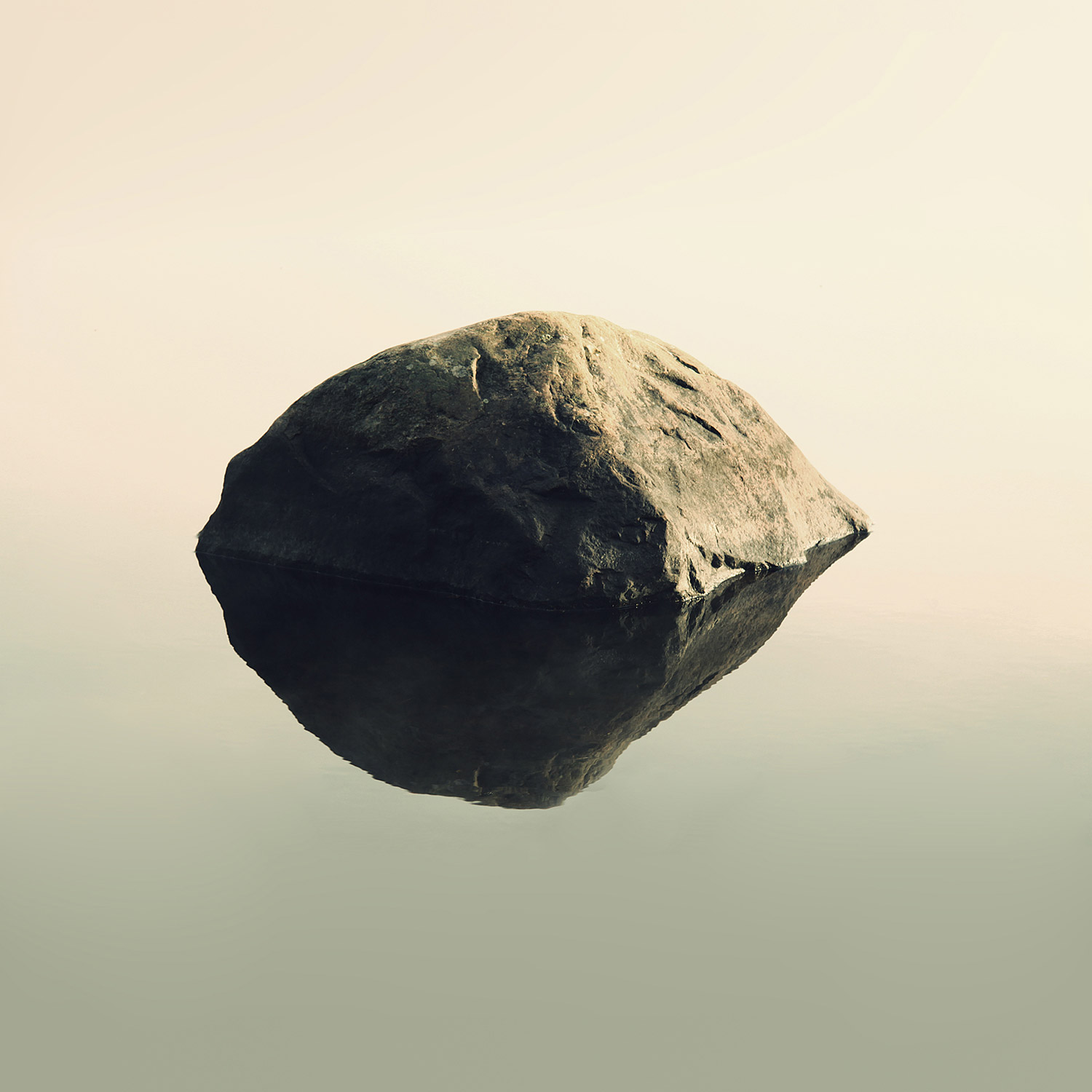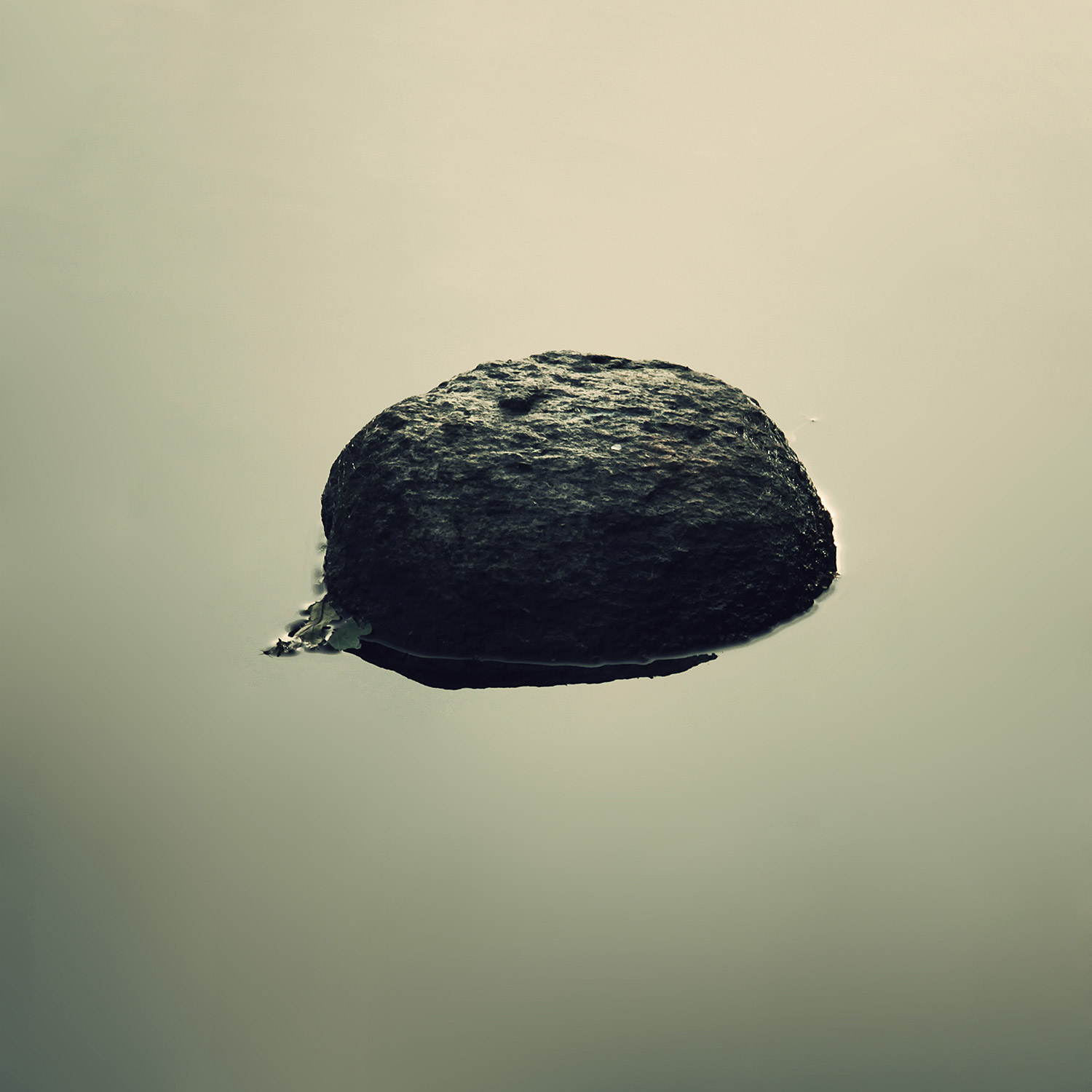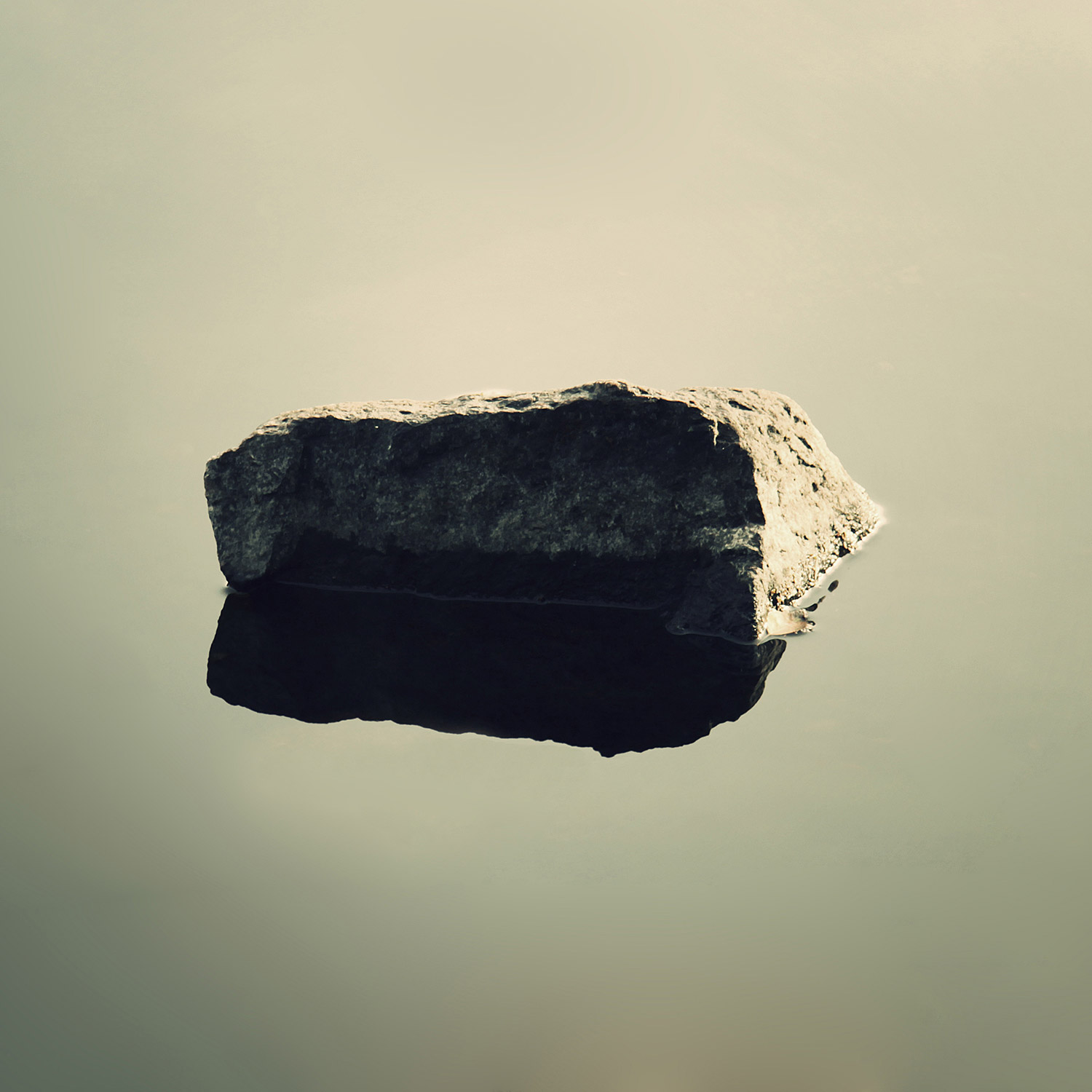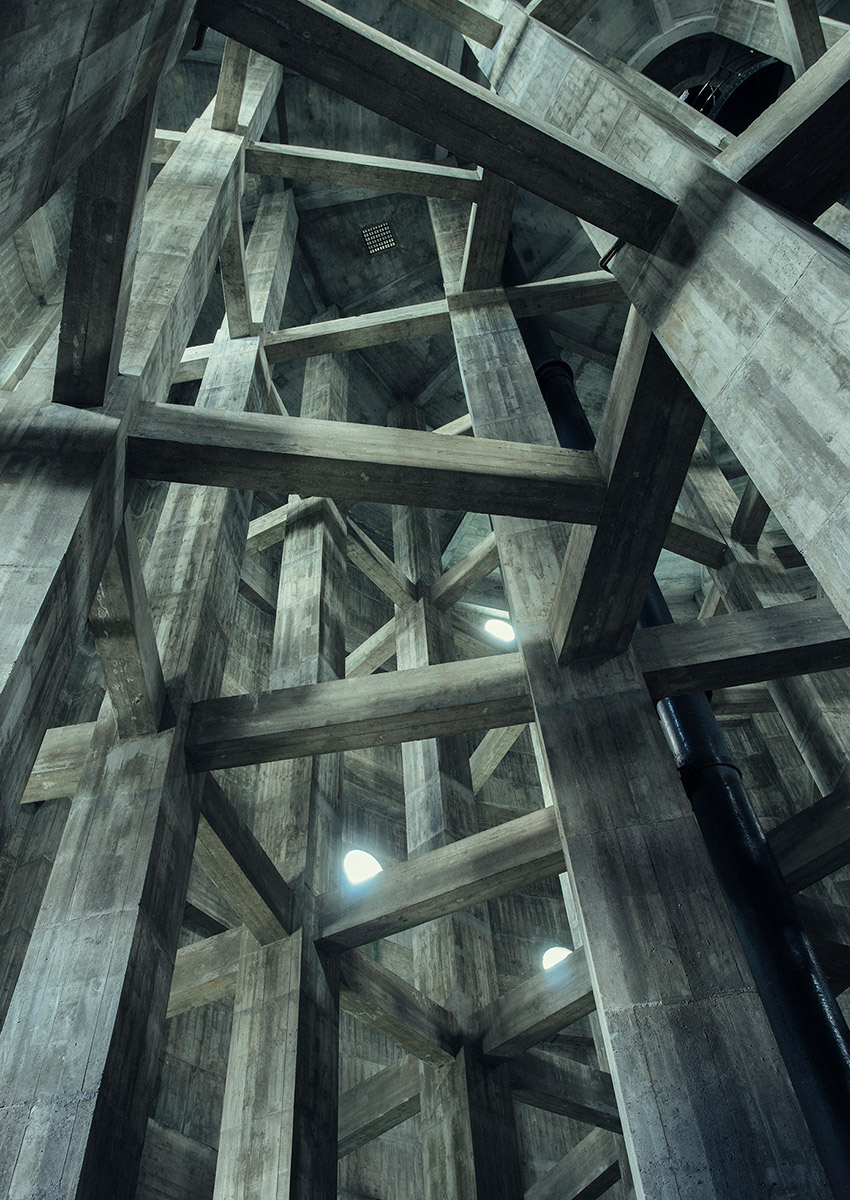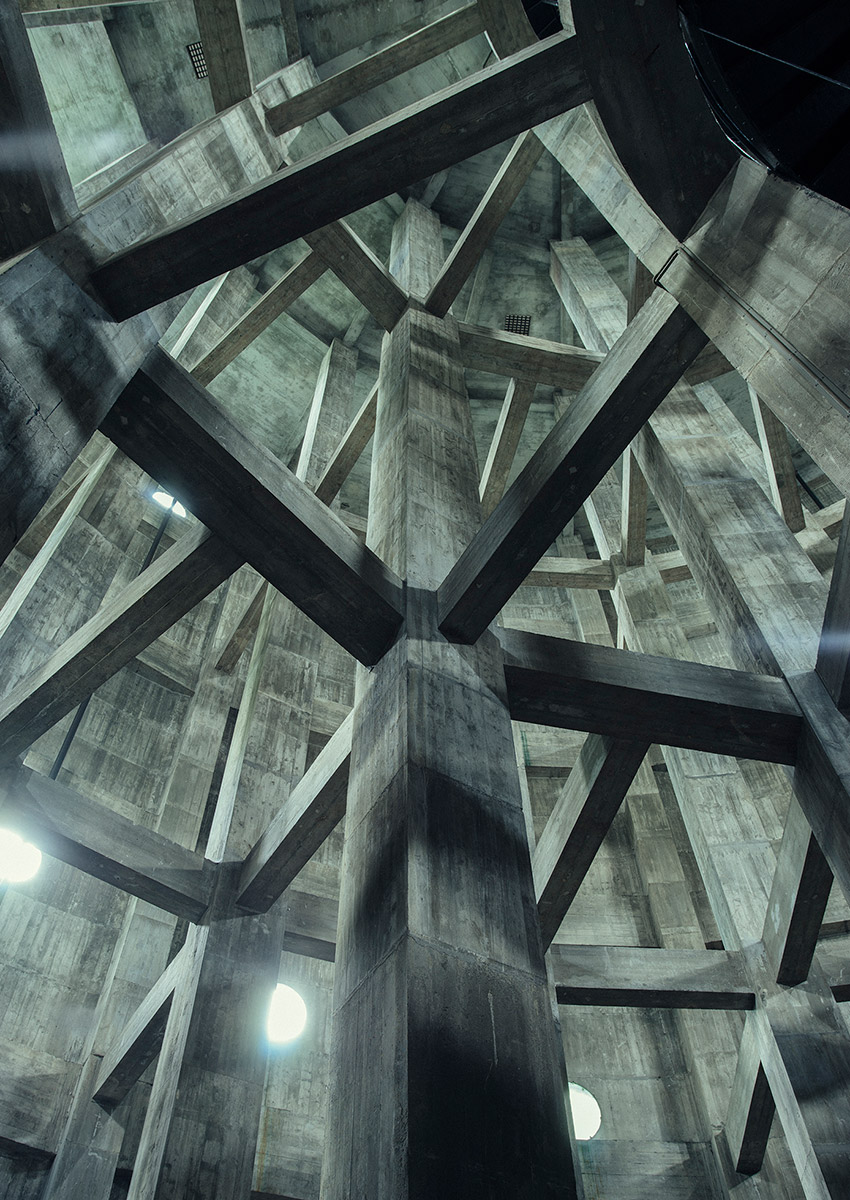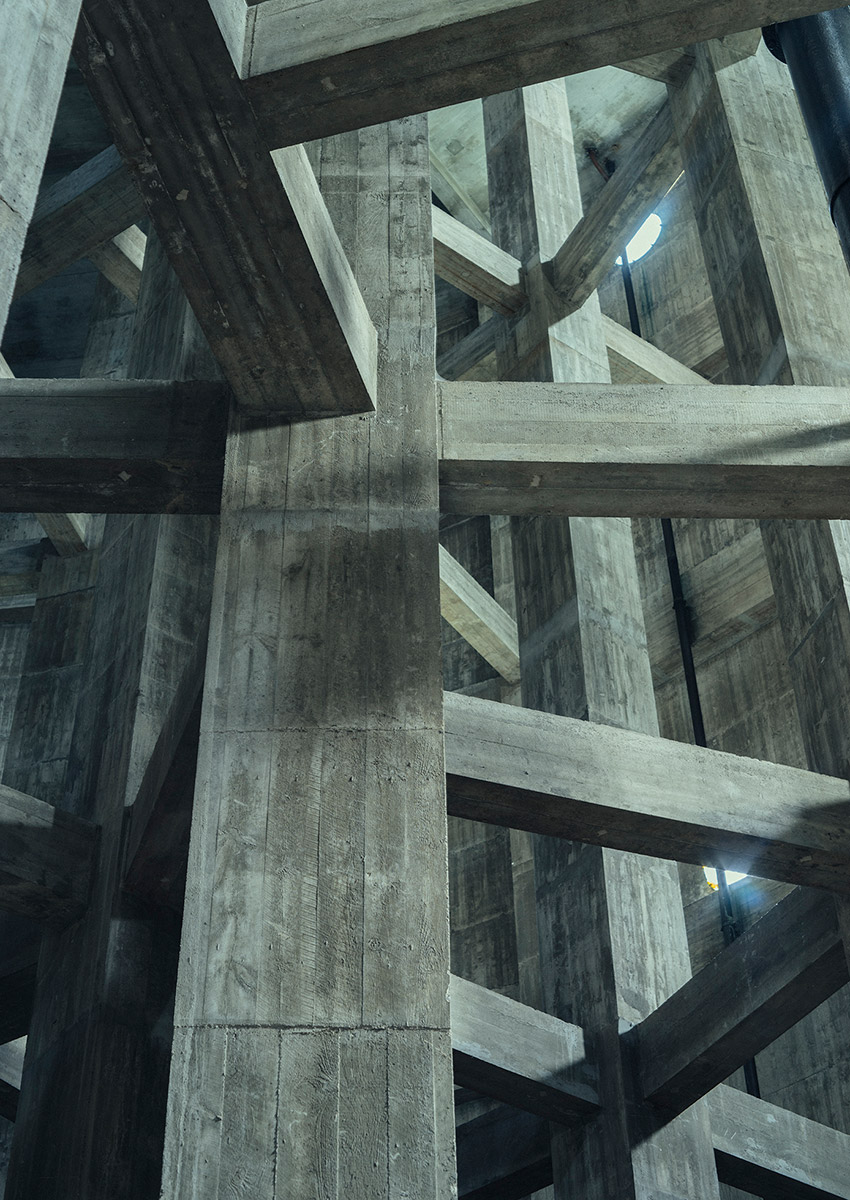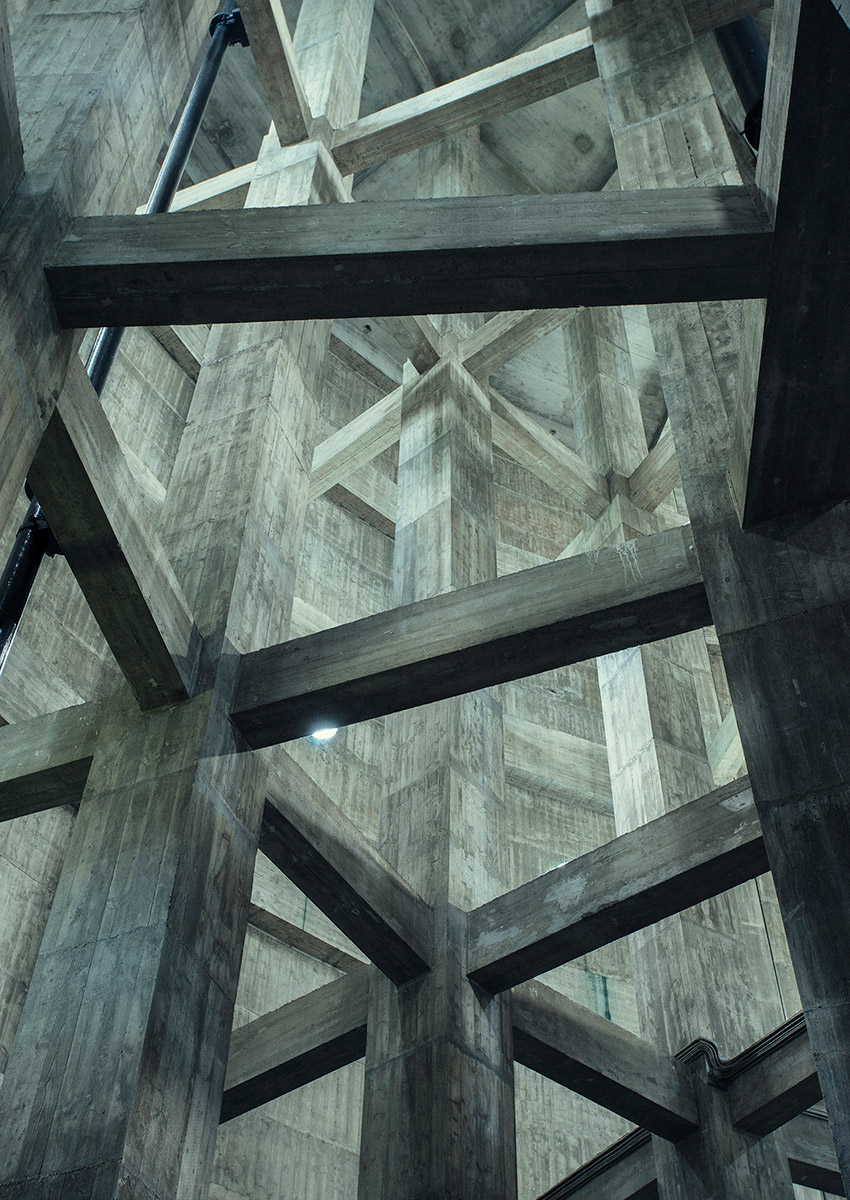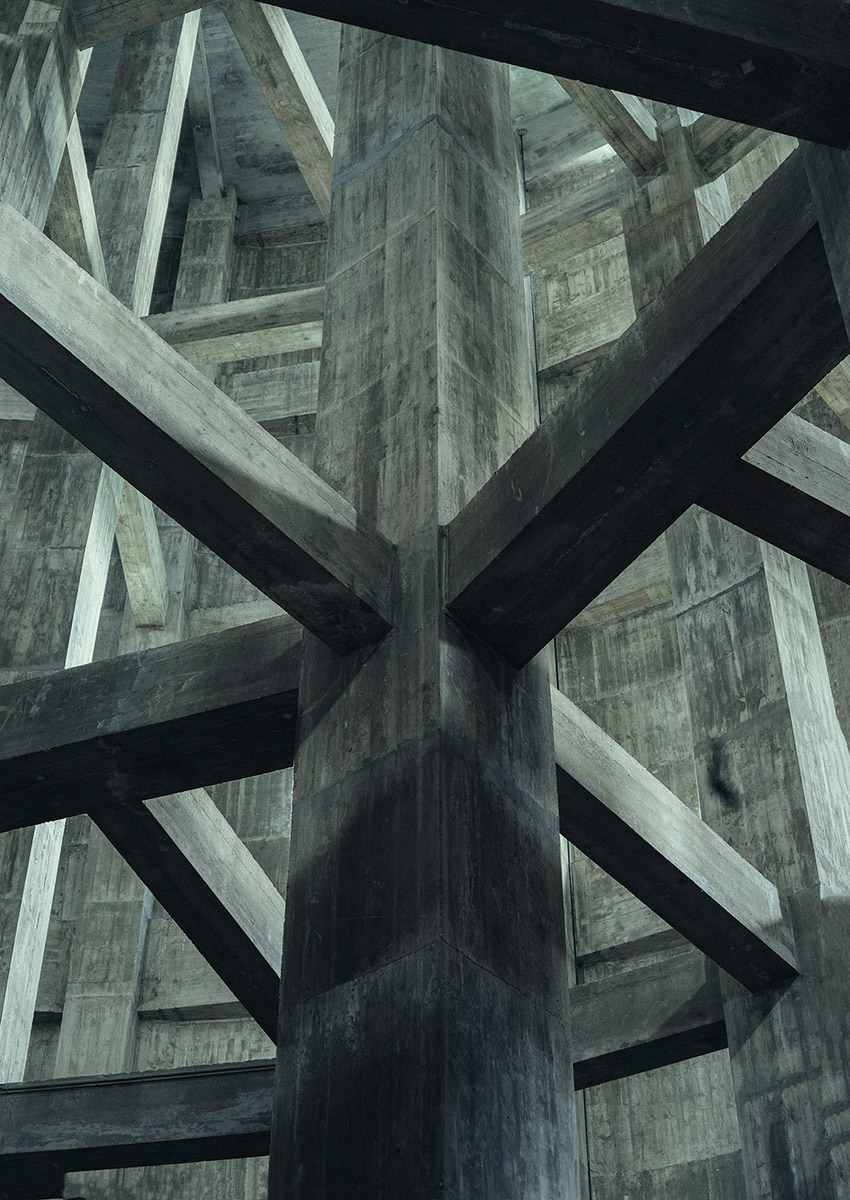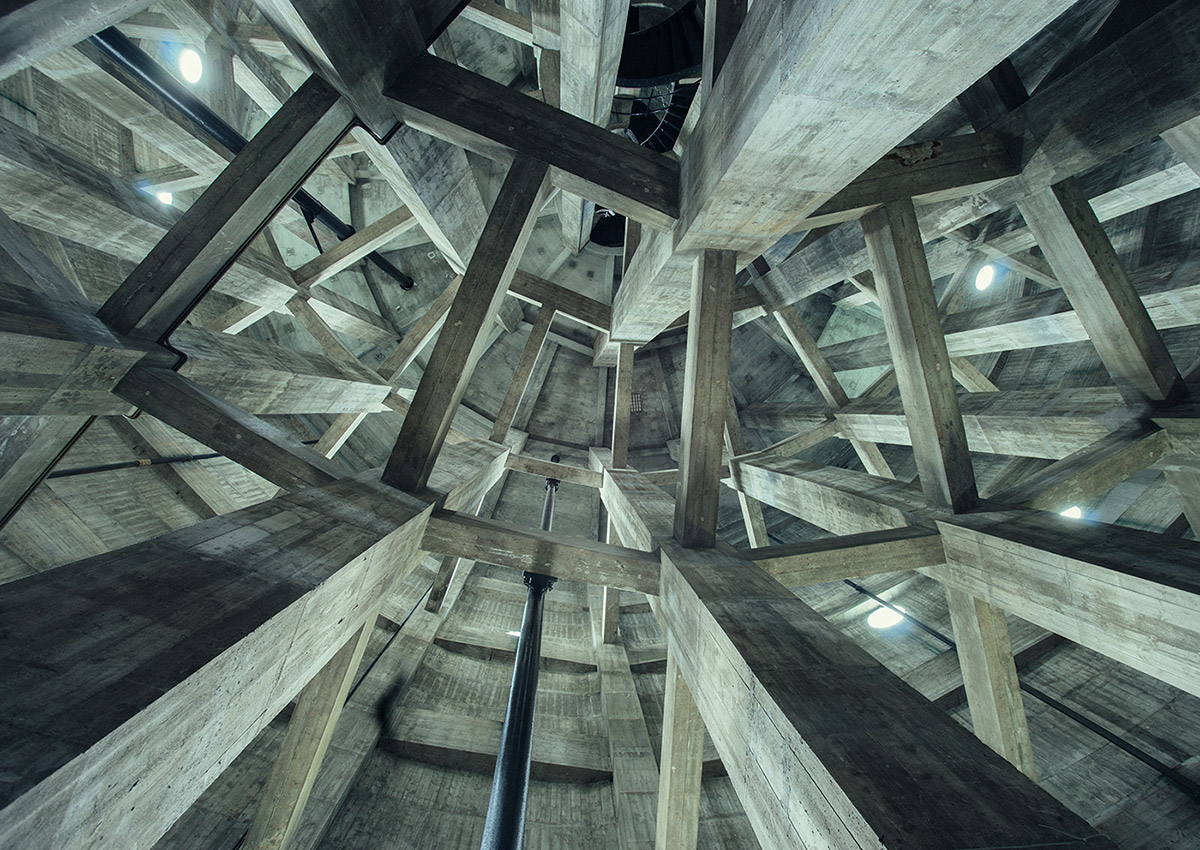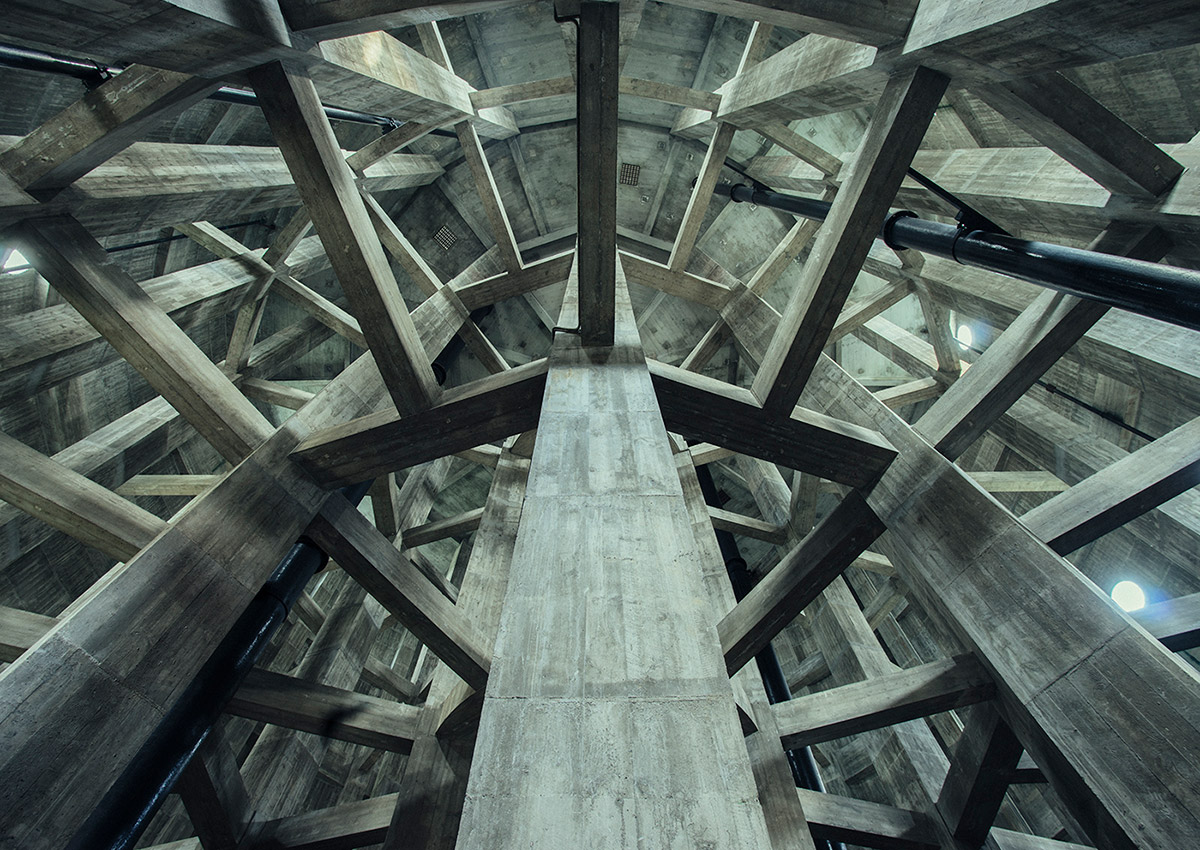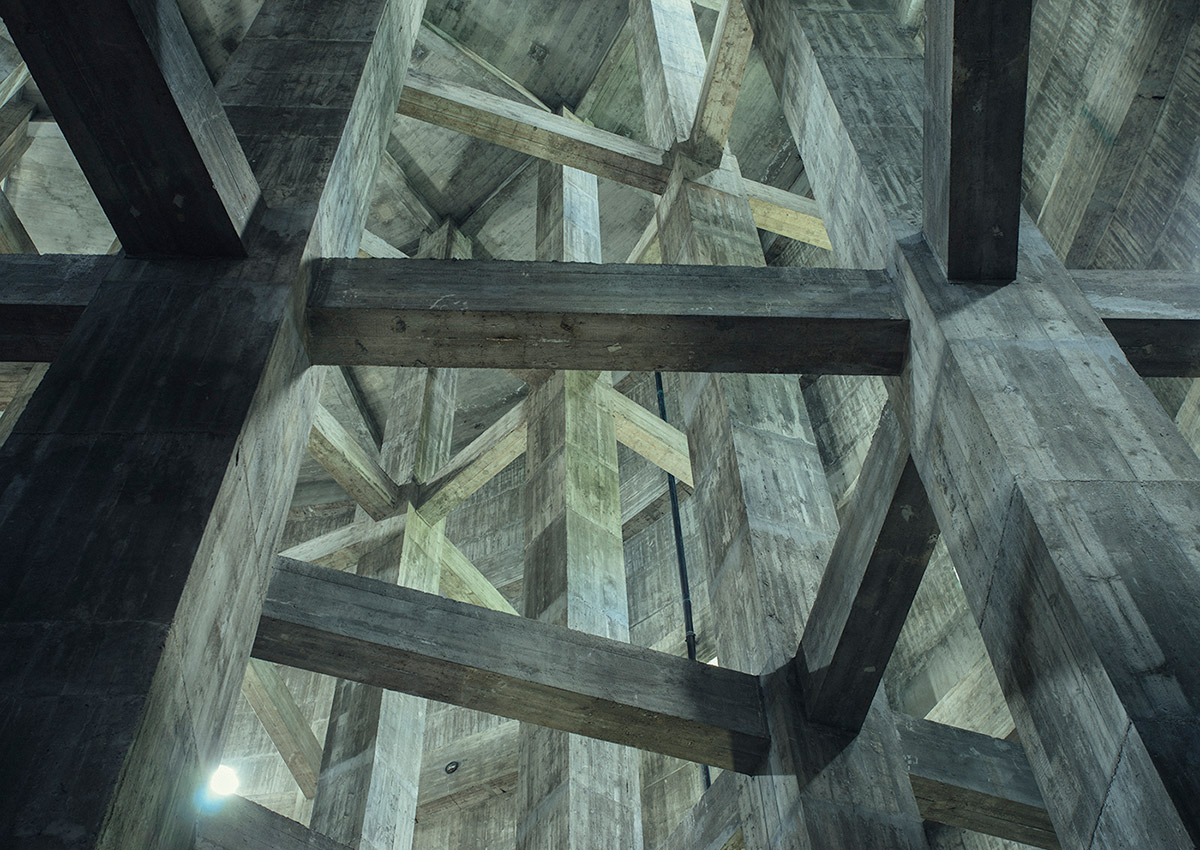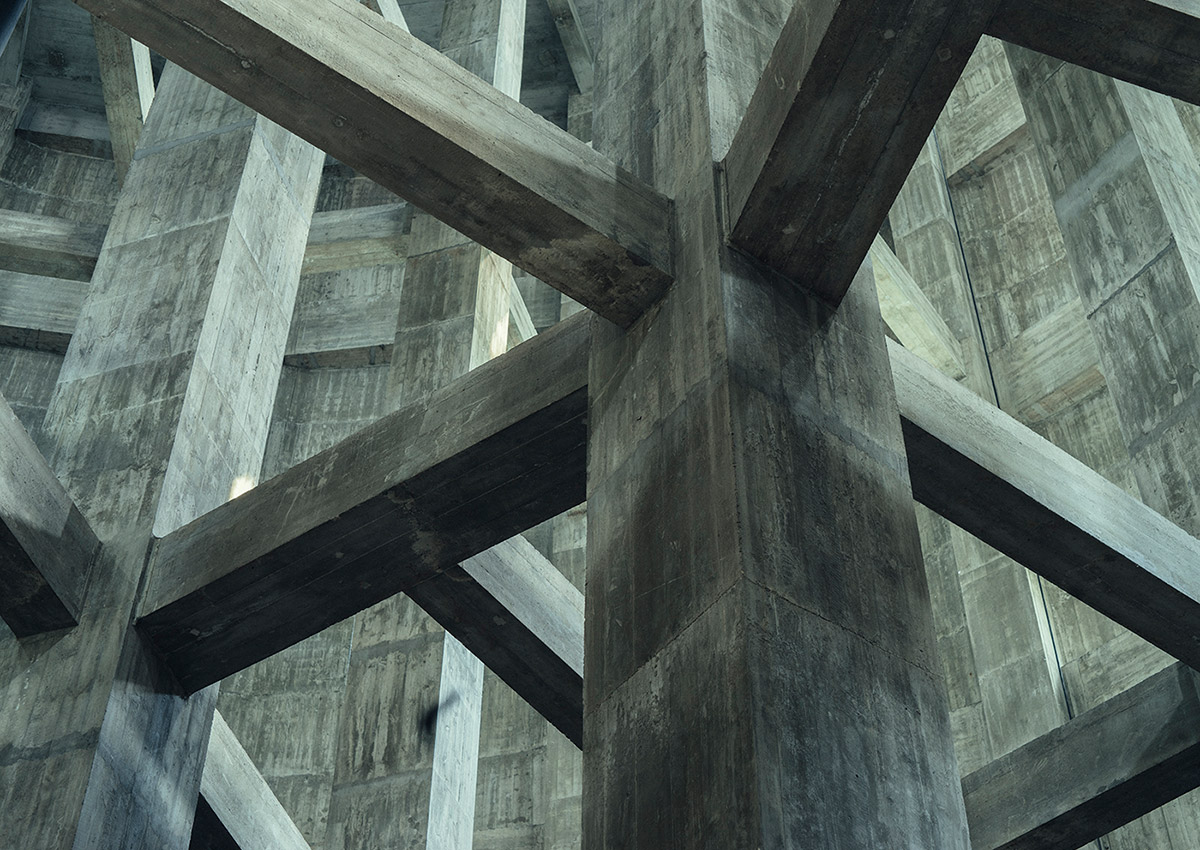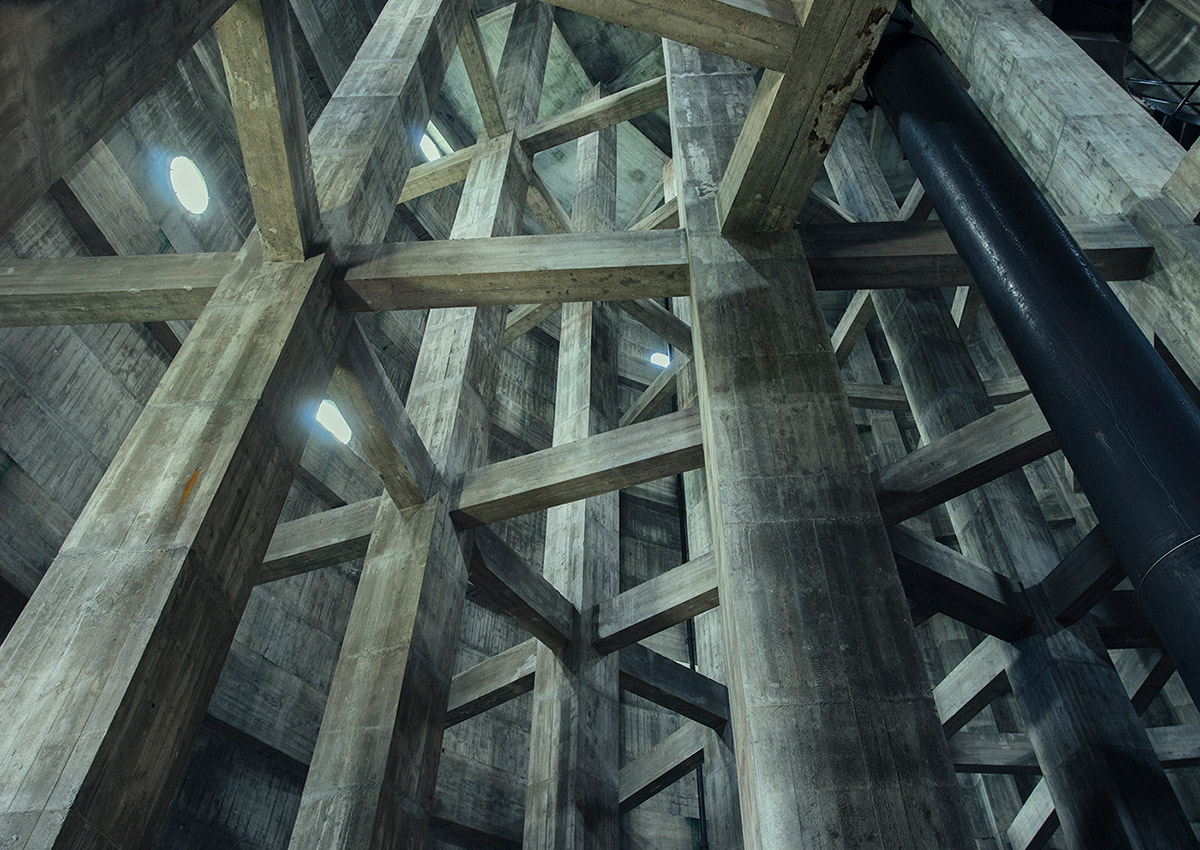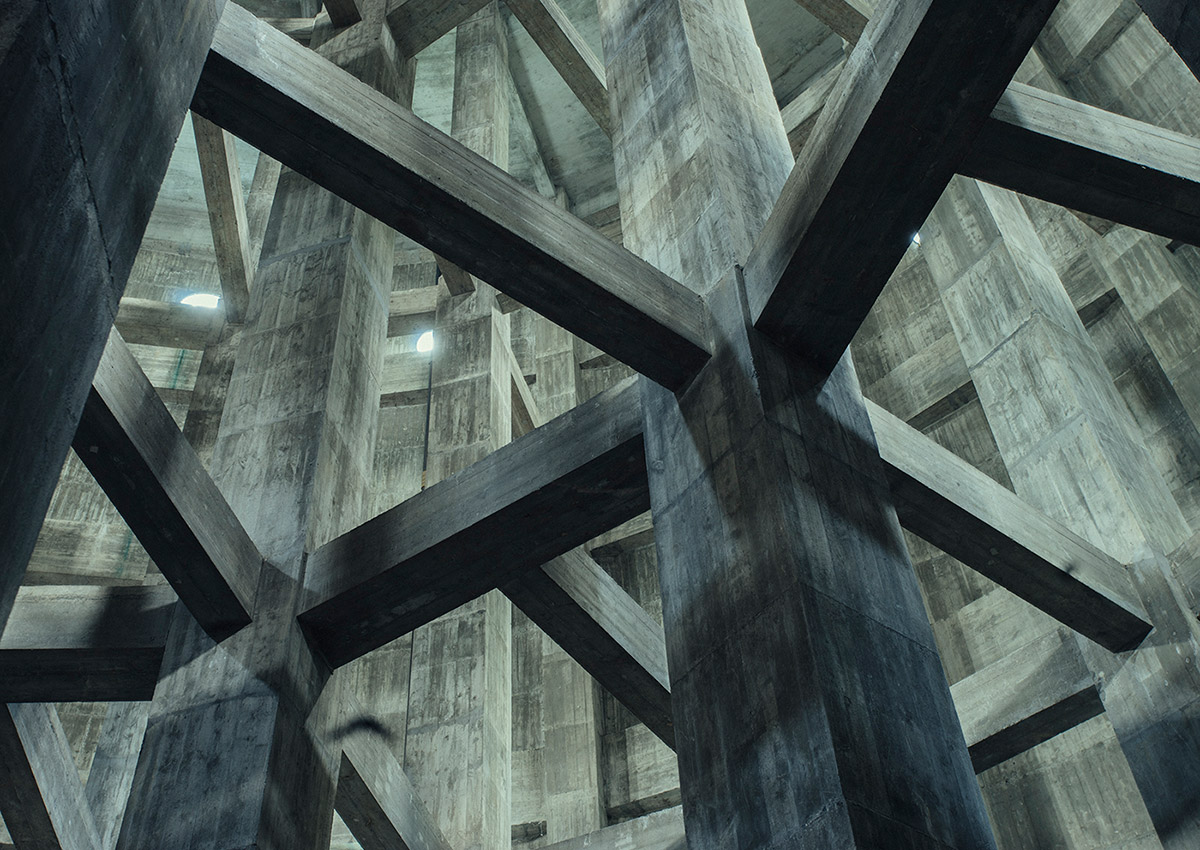22/008
Kim Høltermand
Architectural Photographer
Copenhagen
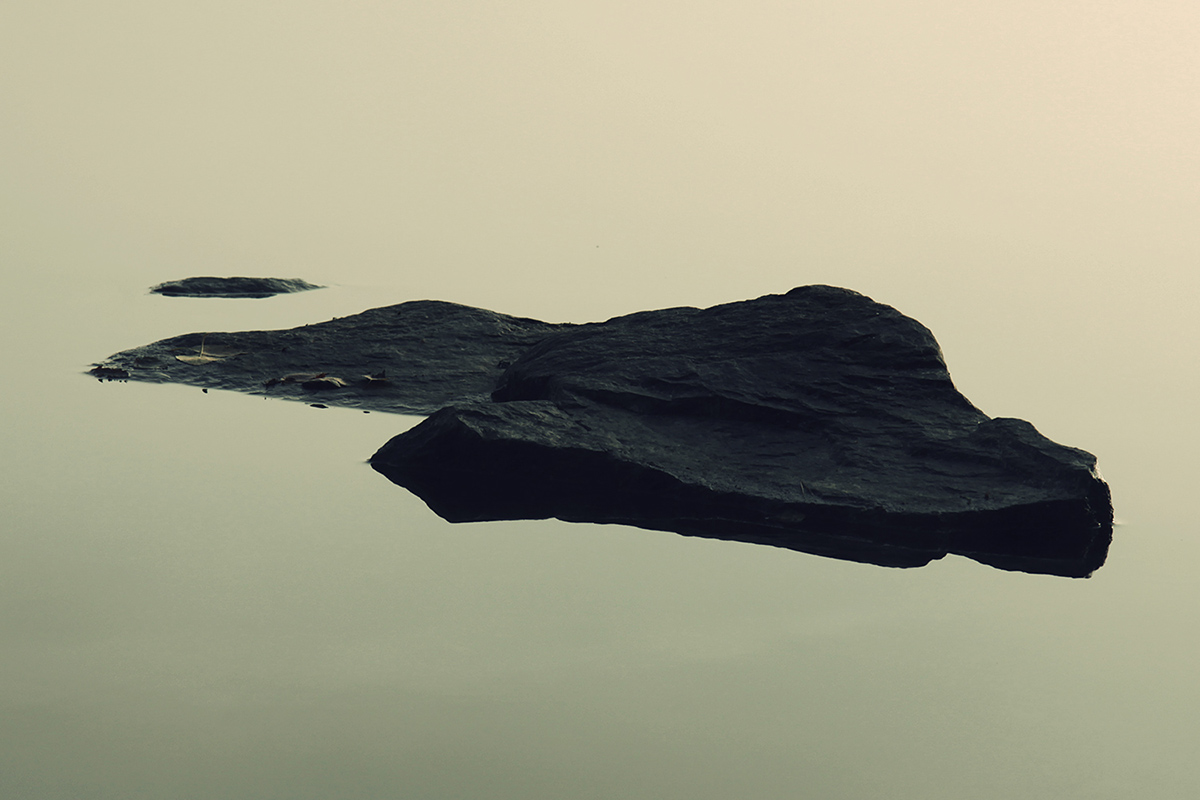
«I had never thought architecture would become such an important and amazing part of my life but it has.»
«I had never thought architecture would become such an important and amazing part of my life but it has.»
«I had never thought architecture would become such an important and amazing part of my life but it has.»
«I had never thought architecture would become such an important and amazing part of my life but it has.»
«I had never thought architecture would become such an important and amazing part of my life but it has.»
Please, introduce yourself …
My name is Kim Høltermand. I am 44 years old and an architectural photographer based in Copenhagen and have been working as such for the past 10+ years. I work mainly in the field of architecture and interior but also landscape and environmental portrait. I used to work as a freelance graphic designer for some years. And for a period of 9 years I worked as a fingerprints expert in the crime scene unit of the Danish National Police besides working with architectural photography.
I love sci-fi which has been with me from my childhood and I still try to incorporate a little sci-fi touch in my work as it has had such big impact on my life. I am also the founder and curator of Nowhere Diary – one of the biggest and best photography communities out there. I founded Nowhere Diary in 2018.
Kim Høltermand – Portrait
How did you find your way into the field of architecture and photography? What comes to your mind, when you think back at your time when you were starting out as an architectural photographer?
I have always been creative, great at drawing and have freelanced as graphic designer for some years but it wasn’t until 2008 that I bought my first camera. I wanted to bring a camera on vacation and to take pictures of my family. Summer 2008 I was living in Copenhagen and was fortunate to have a daughter and our family of 3 moved just outside Copenhagen into a small house that used to belong to two landscape architects. They had several architectural magazine subscriptions that they had failed to cancel so I started reading the magazines and slowly began to catch an interest in architecture. One day I thought, ‘why not start shooting architecture?’ So I started shooting and uploaded my work to the Behance Network.
At that time I was actually working full time as a fingerprint expert in the Crime Scene Unit of the Danish National Police. So on every day off, in the weekends and after almost every shift I started cruising the streets, looking for architecture to shoot.
I felt like I was Batman - juggling two different lives at the same time, being succesful in both. Even though I got so much focus, being mentioned in all kinds of media, winning awards and getting clients, I was also super lonely at the same time, disappearing more and more into my work and my succes as s photographer.
At some point the happy family life crashed, so did the work as a fingerprint expert. I wanted to see where my talent could take me so hard. You can say I learned the hard way. And you also know the saying; ‘the grass is greener on the other side of the fence’. It's true. I am on the other side of the fence now living an amazing life, doing what I love.
What are your experiences working independent as an architectural photographer and publisher?
Working independently as an architectural photographer is so much different than working 9 - 5 with whatever. It’s kind of being in a rollercoaster - not knowing what will happen after each next turn. And it’s not for everyone. But I have gained so much, personally and professionally from getting out of that office and being catapulted into real life as an independent photographer. I meet amazing people. I get to work with the most amazing clients, I get to travel and shoot in the most amazing locations. I get to do what I love.
Sure you don’t get your monthly paycheck, your 5 weeks of vacation, your free buffet in the cantina or the daily routine get to talk about the same stuff with your co-workers day after day but you get a life of freedom. I would not go back for anything.
It’s hard work. It’s getting up at 7 and driving for hours, getting out and shooting for hours to stay sharp and in the game - on repeat. It’s trial and error. A lot of trial and error. It’s tens of thousands of photographs on your hard drive that never see the day of light. It’s working for free. It’s wanting to give it all up and get a normal 9 - 5 job. It’s waiting for invoices overdue to get paid. It’s being your own boss. It’s standing in front of beautiful architecture or having finished a great project with tears in your eyes, being proud and thinking about what you have accomplished all by yourself. It’s landing huge clients with huge budgets. It’s seeing your work in the biggest magazines. It’s missing party’s and birthdays. It’s fun. It’s freedom.
As Rutger Hauer says in Blade Runner; ‘I’ve seen things you people wouldn’t believe.’
And I have seen things you wouldn’t believe but one of the most incredible stories involving my work takes place in Sweden in 2010. It was early morning on the last day of a week long stay in a cabin in the Swedish woods. The weather had been sunny with a clear blue sky the entire week but this morning, a thick dense fog was everywhere, like a renaissance painting. I put on my boots and ran to a nearby lake and started shooting with no concept in mind. I saw these half-submerged rocks in the water that looked like alien rocks or meteors - weightless, floating in the air. I started shooting them and after about an hour, the fog slowly dissolved and I had created one of my most iconic series - Tuve. Named after that lake - lake Tuve.
Fast forward to 2015 where those iconic photographs from lake Tuve, provided the reference material and inspiration for a boutique hotel in Hong Kong. Tuve Hotel. Named after my series.
How would you characterize the city you are currently based at as location for practicing architectural photography?
Copenhagen is an amazing city for architecture, both old and new. And I still get a lot of my inspiration from walking around in Copenhagen. And still from time to time I go back and find new frames, new light and a new take on the city. A lot of my work has been made in and around Copenhagen so it has a special place in my heart.
Location is crucial to my work and Covid-19 has changed the way I work in a way that I haven’t had that many clients from outside Denmark since. But it feels like there is a change coming and things are looking brighter. You just have to stay positive and believe that things will get better. (Also a part of being an independent photographer ;)
What is the essence of architecture for you personally?
I had never thought architecture would become such an important and amazing part of my life but it has. I think about it all the time and I love it. It’s in my DNA and I don’t want it to go away anytime soon. One fun fact is that my grandfather actually worked as an architect for some period of time of his life so I think architecture runs in the blood of our family. My father is a skilled painter and illustrator btw.
Name your favorite …
Book/Magazine: CCCP Cosmic Communist Constructions Photographed. A book that I go back to again and again. But the list is endless.
Architectural Photographer: There are a lot of amazing architectural photographers that inspire me such as Julius Shulman, Ezra Stoller, Batlhazar Korab and in more recent time Rasmus Norlander, Stijn Bolaert, Rory Gardiner, Simone Bossi and many more.
Building material: Wood. Brick and Concrete.
Spatial Memory: I remember watching Blade Runner as a kid on my parents TV and being amazed right there in the sofa. The music by Vangelis and the epic imagery blew my mind and still does today.
What needs to change in the field of architectural photography? How do you imagine the future?
What needs to change in the field of architecture photography is that photographers have to stop sucking life out of buildings and start breathing life into them. I see one too many architectural photographs that are cold, too sharp and too ‘digital’. Completely without the soul that each building has and deserves to show. Buildings are meant to be warm, comforting and not look like a prison from the cold war. I see more and more architectural photographers shoot film. I salute you. I too would do so, if I knew how to and had the time. Some of the most memorable and iconic architectural photographs were shot on film, with grain, not ‘perfect’ and with unique and amazing atmosphere. I doubt that we will look back at todays architectural photographs with the same wonder. But I hope that we will.
Photographs are the most important part of architecture so I don’t think it will ever stop to exist but I think we will see a change in style. Over and over again. Hopefully the contemporary, the powerful and the timeless will prevail and we will see the death of Instagram filters and low-quality photographs that pollutes the art of architectural photography. The future of architectural photography is for the ones that can tame the new and the old and keep their own game and personal style no matter the trend.
In 2050 I will hopefully look back at a lifetime full of incredible moments with architecture, full of memories with my camera and a long life doing what I love and living from my passion.
If there were one skill you could recommend to a young architectural photographer to study in depth: what would it be and why?
Study the grand masters of architectural photography. Delve into their works, books, study their techniques and at the same time work as hard as you can developing your own style. Master your gear at the best you can. Believe in yourself. Sometimes you will wake up thinking ‘why do the world need my photographs, when the world is full of photographs?’ But the world needs your work. You will feel like you fail at some point. But keep on shooting. And you will experience a lot of trial and error. That is part of the journey becoming an architectural photographer - or any artist for that matter.
But the most important advice I would give is to always - shoot with your heart.
What is your favorite tool to communicate architecture and space and why is this?
Besides my camera - Instagram. Even though I hate it at times it is vital in my communication of work. And also my Behance profile. I get most of my exposure and clients from having my work both places. But besides that I like to stay updated on social media and try to be part of the places where I can get the most exposure.
What person/collective or project do we need to look into right now?
I have recently spent time at SAGA Space Architects and photographed their space lab - SAGA is a Danish space architect collective in Copenhagen and I was really inspired by their passion and hard work. They design habitats for living on other planets such as Mars and Moon. They are definitely ones to watch.They actually made a documentary that you should see. (It's in Danish)
Other than that I try to stay updated on the art, architecture and design scene in order to find new potential clients or to get inspiration for new personal projects.
Project 1
Tuve
As mentioned earlier in this interview, Tuve made in 2010, still stands as one of my most iconic series both artistically but also on a personal level.
→ holtermand.xyz/work/tuve
Project 2
Babel
Another grandeur series (and experience) is my series Babel from 2017 shot inside the now empty Brønshøj Watertower, designed by Ib Lunding in 1930. I remember stepping into the watertower and being completely amazed by the size of it and its beautiful architecture - it is 34 meter tall and 20 meter wide.
The title Babel originates from the tale of the Tower of Babel. Babel was the tower believed to be tall enough to reach heaven. The feeling I had when entering this behemoth.
→ behance.net
Website: holtermand.xyz
Instagram: @holtermand
Behance: @holtermand
Photo Credits: © Kim Høltermand / Portrait © Christopher Mertz
Interview: kntxtr, kb, 04/2022
